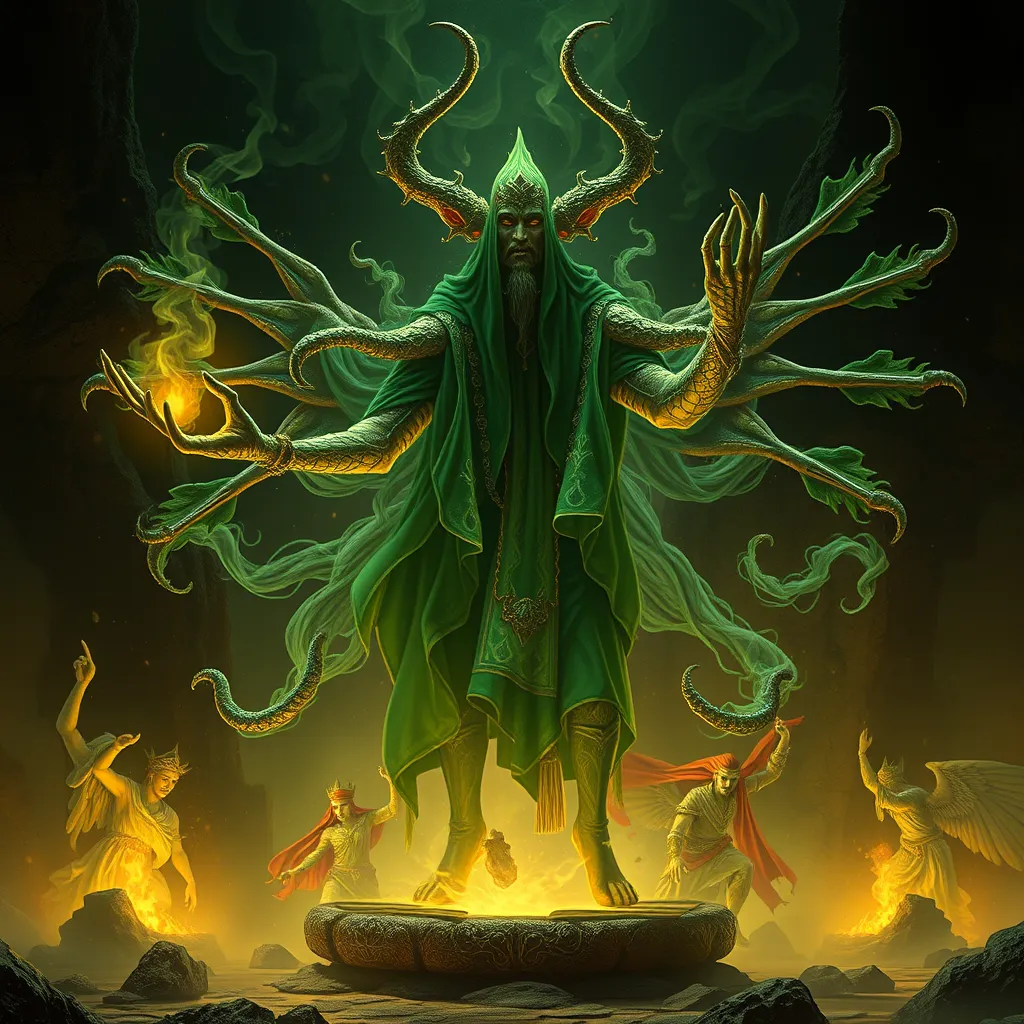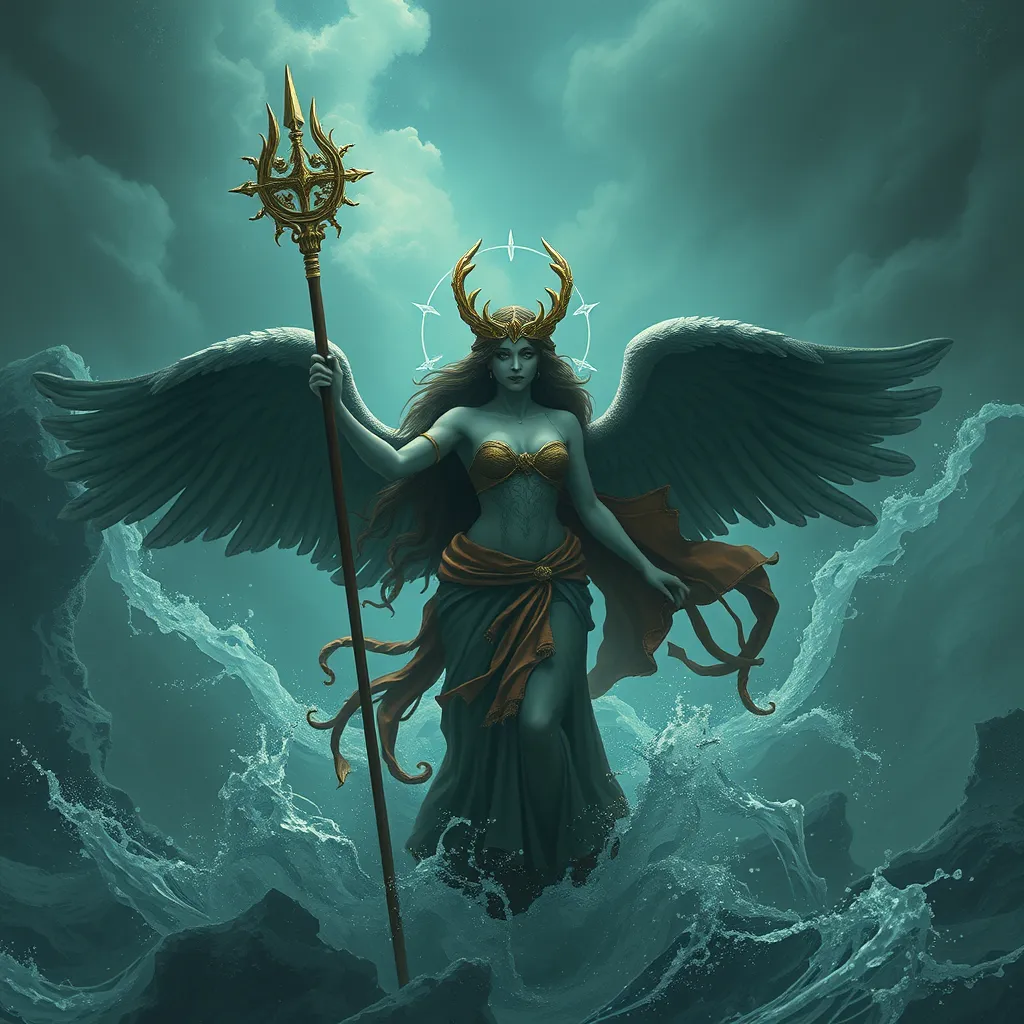The Draco of the West: Introduction to Roman Dragons
The Draco, a winged serpent with powerful claws and a fearsome roar, holds a fascinating place in Roman mythology. While not as prominent as the winged serpents of Ancient Greece, the Draco played a significant role in Roman culture, influencing art, architecture, military symbols, and even religious practices. From the fierce guardian of the Capitoline Hill to the terrifying creature battling heroes in epic poems, the Draco’s presence resonated throughout Roman society, leaving an indelible mark on the West’s understanding of dragons.
The Draco: A Serpent with Wings?
The Roman Draco, while broadly recognized as a dragon, differed slightly from its counterparts in other cultures. It was often depicted as a serpentine creature with wings, rather than the more common quadrupedal form. This description highlights the Roman affinity for snakes, which were often associated with healing, wisdom, and even divinity. As such, the Draco’s serpentine form may have been seen as a manifestation of these powerful attributes. However, its winged nature undoubtedly fueled its reputation as a formidable creature, capable of soaring through the skies and striking down its foes from above.
Mythological Origins: The Dragon in Roman Literature
The Draco’s roots in Roman mythology can be traced back to various literary sources. One of the most prominent examples is Virgil’s *Aeneid*, a epic poem narrating the foundation of Rome. The poem depicts the fearsome dragon, Python, who dwells in the underworld, symbolizing the dangers and challenges faced by the protagonist, Aeneas. This encounter highlights the Draco’s association with the underworld, suggesting a connection to death and the unknown.
Another significant work is Ovid’s *Metamorphoses*, which features the tale of Cadmus slaying a dragon. This myth suggests the Draco’s role as a creature to be overcome, signifying the triumph of civilization over primal forces. These texts, along with other literary works, served to establish the Draco as a powerful and enduring figure in Roman mythology.
The Draco in Roman Art and Architecture
The Draco’s presence in Roman art and architecture is undeniable. The creature’s fierce features were often incorporated into decorative motifs, found on everything from mosaics and sculptures to pottery and jewelry. Its image was frequently used to adorn temples and public buildings, serving as a symbol of power, authority, and even divine protection. The Draco’s iconic winged form also graced the standards of Roman legions, where it was believed to inspire fear and awe in the hearts of enemies.
The Draco as a Symbol of Power and Authority
In Roman society, the Draco was often employed as a symbol of power and authority. Its powerful image was used to represent the strength and dominance of the Roman state. From the emperors who adopted the Draco as their personal emblem to the legions who carried its likeness into battle, the Draco’s presence served as a constant reminder of Roman might. This association with power was further reinforced by the Draco’s mythological origins, linking the creature to divine strength and the forces of nature.
The Draco in Roman Religion and Ritual
The Draco’s influence extended beyond the realm of art and symbolism, playing a significant role in Roman religion and ritual practices. The creature was often associated with the god Jupiter, who was believed to control storms, lightning, and the heavens. The Draco, with its winged form and powerful presence, embodied these attributes, making it a fitting symbol for the king of the gods.
In some Roman rituals, the Draco was used as a means of warding off evil spirits. The creature’s fearsome image was believed to deter malevolent forces, and its presence was thought to provide protection from harm. This practice highlights the Draco’s connection to apotropaic beliefs, the idea that certain objects or symbols can ward off evil. The Draco’s winged form, which allowed it to soar above the world of mortals, further reinforced its connection to the divine and its ability to protect.
The Draco as a Monstrous Guardian
Beyond its religious significance, the Draco also served as a monstrous guardian, protecting both sacred sites and the mortal realm. The most famous example is the Draco that guarded the Capitoline Hill, the site of Jupiter’s temple in Rome. This mythical creature, often depicted as a serpent with wings, was believed to serve as a powerful deterrent to any who dared to challenge the authority of the Roman gods or the city itself. The Draco’s presence here highlights its role as a protector of the sacred, emphasizing the power and influence of the divine in Roman culture.
Another example of the Draco’s role as a guardian is found in the legend of Cadmus. In this story, the mythical founder of Thebes encounters a fierce dragon that guarded a spring, forcing him to slay the beast before establishing his city. This myth suggests that the Draco was often seen as a test of courage and strength, a formidable opponent that must be overcome to obtain a prize or gain access to a new territory.
The Draco in Roman Military Traditions
The Draco’s influence on Roman military traditions is undeniable. Its fierce image was adopted as a standard, a symbol of fear and intimidation used to inspire the troops and strike terror into their enemies. These standards, often made of cloth or metal, were adorned with the Draco’s likeness and were carried at the head of each legion, serving as a rallying point for the soldiers and a reminder of their prowess.
The Roman Draco was believed to possess the power to inspire courage and determination in battle, while simultaneously striking fear into the hearts of the enemy. The creature’s formidable presence, its association with lightning and the power of the storm, and its connection to Jupiter, the king of the gods, all contributed to its military effectiveness. The use of the Draco as a standard further reinforces its connection to power, authority, and the strength of the Roman state.
Theories on the Draco’s Origins: Influence from Other Cultures
The origins of the Draco, like many aspects of Roman mythology, are complex and likely influenced by various sources. While the Roman Draco differed slightly from its Greek counterparts, its winged serpentine form suggests a possible connection to the Greek dragon, the Hydra. This creature, with its many deadly heads, was a symbol of chaos and disorder, and its presence in Greek mythology highlights the Draco’s potential connection to the ancient world’s understanding of serpentine creatures.
Another possible influence on the Draco’s development is the ancient Near East, where winged serpents played a significant role in mythology and iconography. The Mesopotamian god Marduk, for example, was often depicted alongside a winged serpent, a symbol of his power and authority. This suggests that the Draco’s winged form may have been adopted from earlier cultures and incorporated into Roman mythology, reflecting the complex cultural exchanges that existed between different societies.
The Lasting Impact of the Draco on Western Culture
The Draco’s influence extended far beyond the borders of ancient Rome, leaving a lasting legacy on Western culture. Its fearsome image, often depicted as a winged serpent with powerful claws and a fiery breath, has been adopted and adapted throughout history, appearing in literature, art, and popular culture. The Draco’s enduring presence in Western imagination is a testament to its power and resonance, reminding us of the enduring impact of mythology on our understanding of the world.
From the mythical dragons of medieval legends to the terrifying creatures of modern fantasy, the Draco’s influence is evident in our collective imagination. Its enduring presence speaks to the power of mythology to shape our understanding of the world, and the role of the Draco, in particular, demonstrates the enduring fascination with powerful creatures that inhabit the fringes of our reality.
FAQ
**Q: What is a Draco?**
**A:** A Draco is a winged serpent, often depicted with powerful claws and a fearsome roar. It is a prominent figure in Roman mythology and influenced their culture in various ways.
**Q: How did the Draco influence Roman culture?**
**A:** The Draco influenced Roman culture in many ways. It was used as a symbol of power and authority, adorned temples and public buildings, and appeared on military standards. The Draco was also associated with the god Jupiter and played a role in Roman religious rituals.
**Q: What are the origins of the Draco?**
**A:** The origins of the Draco are complex and likely influenced by other cultures. The winged serpentine form may have been inspired by the Greek Hydra, while the use of winged serpents in iconography was common in the ancient Near East.
**Q: What is the Draco’s lasting impact on Western culture?**
**A:** The Draco continues to influence Western culture in art, literature, and popular imagination. From medieval dragons to modern fantasy creatures, the Draco’s fearsome image has inspired countless stories and artistic expressions.
**Q: How did the Draco differ from the dragons of other cultures?**
**A:** While the Draco was a winged serpent, it was often depicted as serpentine in form rather than the more common quadrupedal form found in other cultures. This difference likely relates to Roman associations with snakes, which were often linked to healing, wisdom, and divinity.



